True skill is the ability of the performer to apply their behaviour with maximum certainty in a variety of contexts and situations.
For example, a skillful basketballer continues to hit 3-pointers when she’s tired, the scores are tied, and the game’s in the dying seconds of the final quarter.
A skillful rugby player catches the high ball every time, even when it’s cold, wet, and an opposition tackler is headed straight for him.
And a skillful golfer sinks the long putt for a birdie on the 18th green when the national championship is on the line.
An essential ingredient in true skill, is movement.
So, what really is skilled movement?
Well, this is how we define it:
“The ability to move in and out of position freely and efficiently.”
To help with your understanding, let’s break the definition down.
First, a movement is an ability, which takes time and intention to develop.
A position is a particular way in which an athlete’s body is placed or arranged. For example, reaching high into the air to take an intercept at full stretch requires position. So too does running quickly.
Sport requires an athlete to find many positions.
But here’s the crucial thing.
Many factors come together to determine a position (e.g., the task, the athlete’s physical characteristics and the ever-changing demands of the environment). Consequently, a position is never exactly the same.
To move is to go in a specific direction or manner, from one position to the next.
To move efficiently is to achieve maximum productivity with minimum wasted energy or expense.
You can think of a position in sport, or a sequence of positions, as a specific movement problem that, when solved efficiently, delivers a more successful outcome.
For instance, in football, tracking an advancing attacker often requires a series of rapid changes of direction. The more efficient this process is (i.e., less energy lost), the better your chances are of keeping up.
To move freely is to go without restriction or pain while solving movement problems. Incidentally, pain is the number one thing that changes the way an athlete moves, often resulting in persistent inefficiency, and in turn, injury.
When movement is well defined, developing it becomes much easier.


